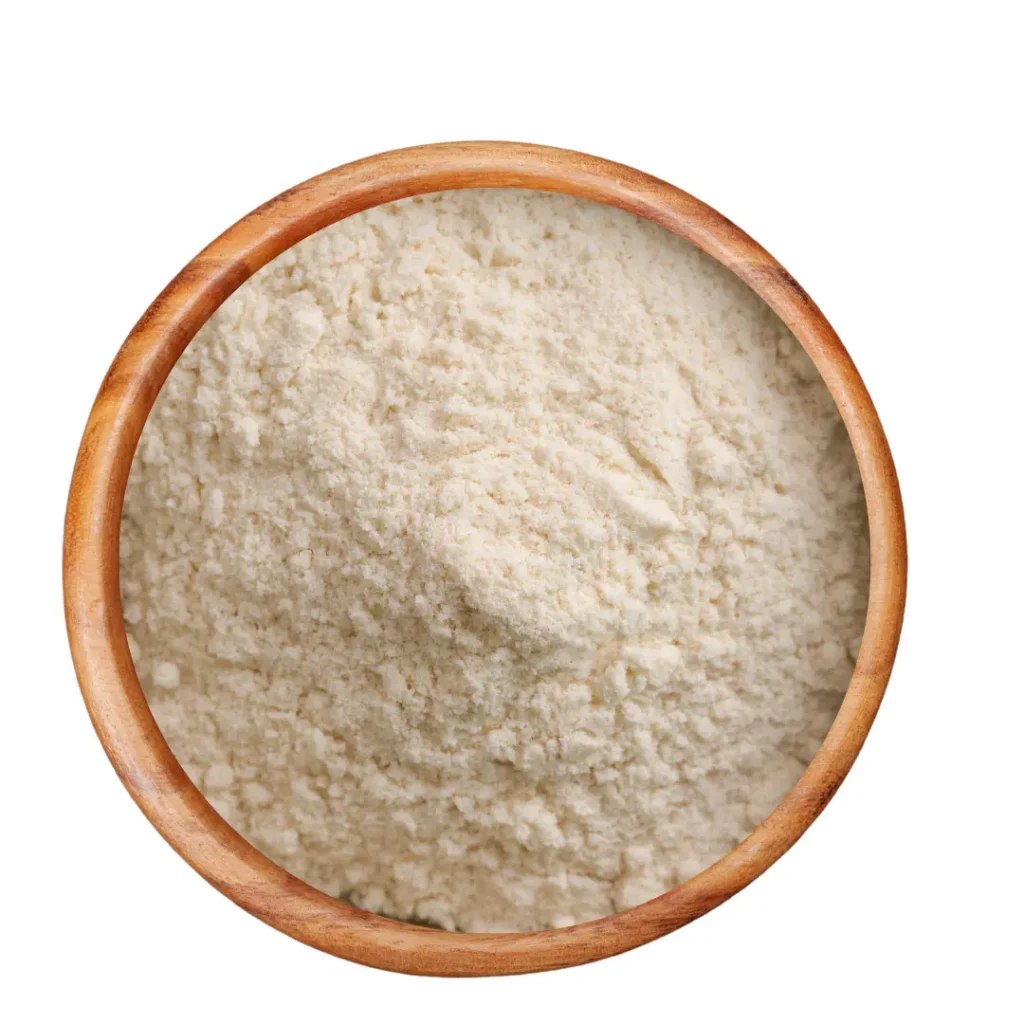Millet flour is a versatile and nutritious alternative to traditional wheat flour, made by grinding millet grains into a fine powder. Millet itself is a gluten-free ancient grain that has been cultivated for thousands of years, particularly in Africa and Asia. The flour derived from millet inherits many of its nutritional benefits, making it a popular choice for those with gluten sensitivities or those looking to diversify their diets.
Uses:
1. Baking: Millet flour can be used in a variety of baking recipes, such as making of healthy bread, cakes, cookies, muffins, and pancakes. Its slightly sweet and nutty flavor adds a unique taste to baked goods.
2. Thickening Agent: Due to its fine texture, millet flour can be used as a thickening agent in soups, stews, sauces, and gravies. It helps to achieve a smooth consistency without altering the flavor significantly.
3. Breading: Millet flour can be used as a gluten-free alternative to breadcrumbs for coating meats, fish, or vegetables before frying or baking. It provides a crispy texture and enhances the flavor of the dish.
4. Porridge: In some cultures, millet flour is used to make a thick porridge by mixing it with water or milk and cooking it until it reaches a creamy consistency. This porridge can be flavored with sweeteners like honey or spices like cinnamon for a delicious breakfast option.
5. Flatbreads: Millet flour can be combined with other gluten-free flours or binding agents to make flatbreads such as roti, chapati, or tortillas. These flatbreads are not only gluten-free but also nutritious and easy to make.
Benefits:
1. Gluten-Free: Flour of Millet is naturally gluten-free, making it an excellent choice for individuals with celiac disease or gluten sensitivities.
2. Nutrient-Rich: Millet flour is rich in essential nutrients such as fiber, protein, vitamins, and minerals, including magnesium, phosphorus, and iron. These nutrients are vital for maintaining overall health and well-being.
3. Low Glycemic Index: Millet flour has a lower glycemic index compared to wheat flour, meaning it causes a slower and steadier increase in blood sugar levels. This makes it a suitable option for individuals looking to manage their blood sugar levels or those with diabetes.
4. Digestive Health: The fiber content in flour of millet supports digestive health by promoting regular bowel movements and preventing constipation. It also helps to maintain a healthy gut microbiome, which is essential for overall digestion and immune function.
5. Heart Health: Studies have suggested that consuming millet and its flour may help lower cholesterol levels and reduce the risk of heart disease due to its high fiber and magnesium content.
In summary, millet flour is a versatile, gluten-free ingredient that offers numerous culinary possibilities and health benefits. Whether used in baking, cooking, or as a thickening agent, millet flour provides a nutritious alternative to traditional wheat flour, making it a valuable addition to any diet.

